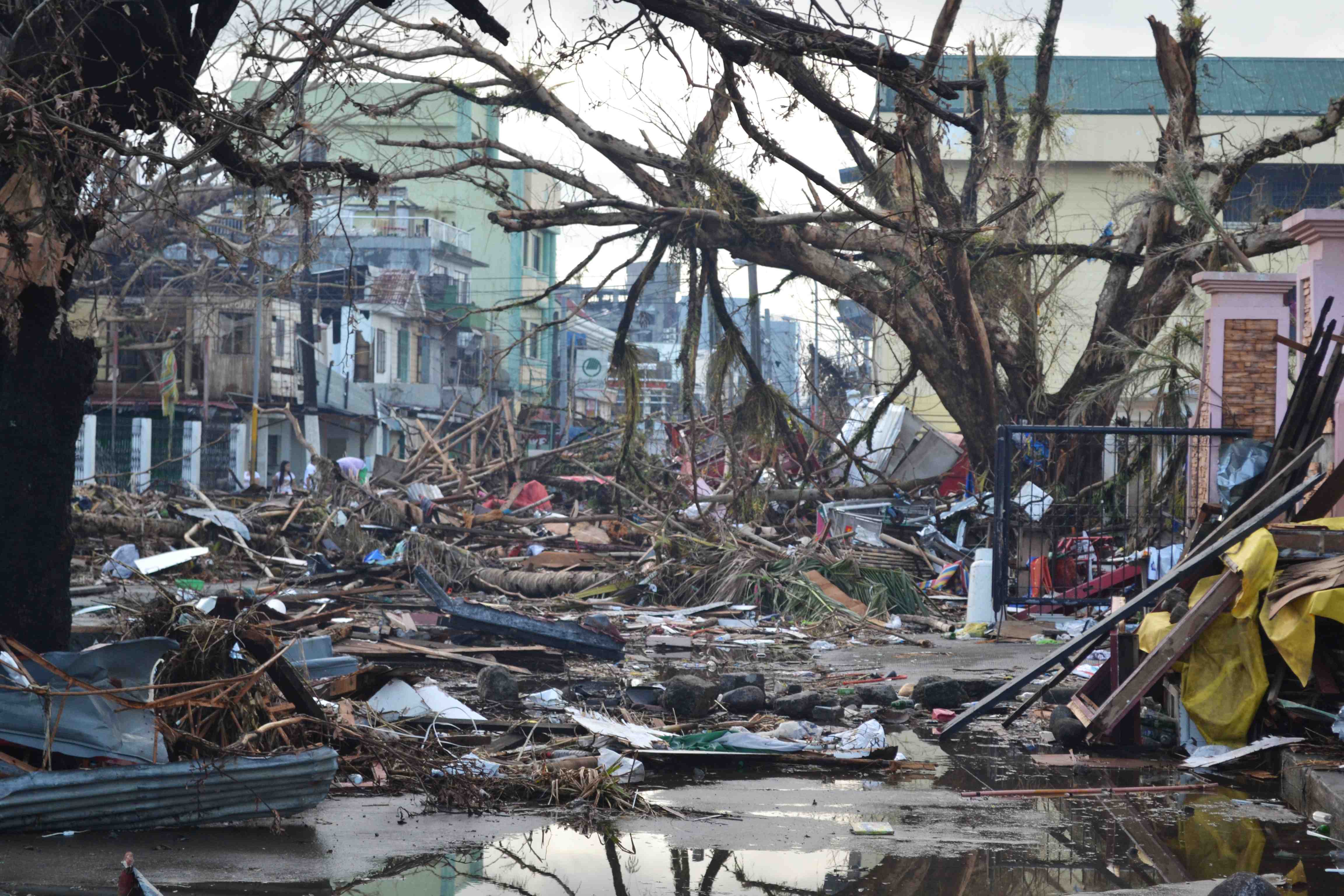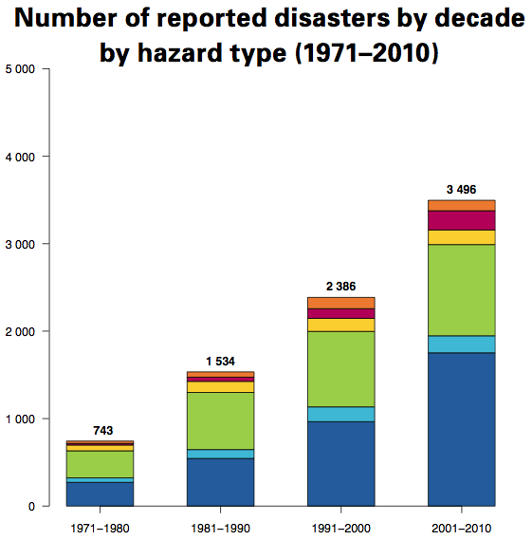A quick post about the Nature, Ecology, and Society Colloquium that I attended a while back at the CUNY Grad Center. I was on a panel with my colleague at Queens Melissa Checker and Beryl Thurman, Executive Director of the North Shore Waterfront Conservancy of Staten Island. My (horrendously bleak) paper is available on the talks section of this site. Melissa and Beryl both gave excellent talks which I want to discuss briefly here.
Melissa’s talk focused on the urban environmentalism as a form of gentrification. She looked in detail at community opposition to a greening project in Harlem. Why, she asked, would people object to projects such as pedestrianization and tree planting? This question is particularly pertinent in light of the long history of struggles against air pollution in poor communities in NYC such as Harlem and the Bronx. In answering this question, Melissa suggested that these greening projects often ride roughshod over community priorities such as parking space for church attendance on weekends. More important, however, is that fact that they often are driven by relatively affluent newcomers to the neighborhood who take a very condescending attitude towards long-time community residents. Green project can play a pivotal role in driving up property values, which in turn helps to push out many who cannot afford the sky-rocketing rents and taxes associated with gentrification. Melissa’s discussion suggests that one cannot assume a priori that urban greening efforts such as plaNYC are of benefit to all the city’s residents.
Beryl’s presentation was a bracing call for attention to the embattled shore front communities of working class areas in the city. Living in Staten Island’s North Shore, which has the distinction of having some of the highest levels of air pollution in the nation, Beryl explained that multiple sources of contamination face poor communities in many parts of NYC. Among the many form of contamination are tons of uranium ore dumped by the Manhattan Project! In addition, on the North Shore, storm surges lead businesses that are located on the edge of the NYC harbor to pump out effluent onto the island itself. It then drains down into the predominantly black and Latino communities who live in the area. Beryl warned that poor communities in NYC are nearly as vulnerable to significant storm damage as those of New Orleans. All it takes is a big storm – which is of course far more likely to arrive as weather patterns get more extreme in coming years and decades.
A powerful reminder of our intense (and uneven) vulnerability.
 A new report from the World Meteorological Organization itemizes the destruction currently being caused by climate change.
A new report from the World Meteorological Organization itemizes the destruction currently being caused by climate change.